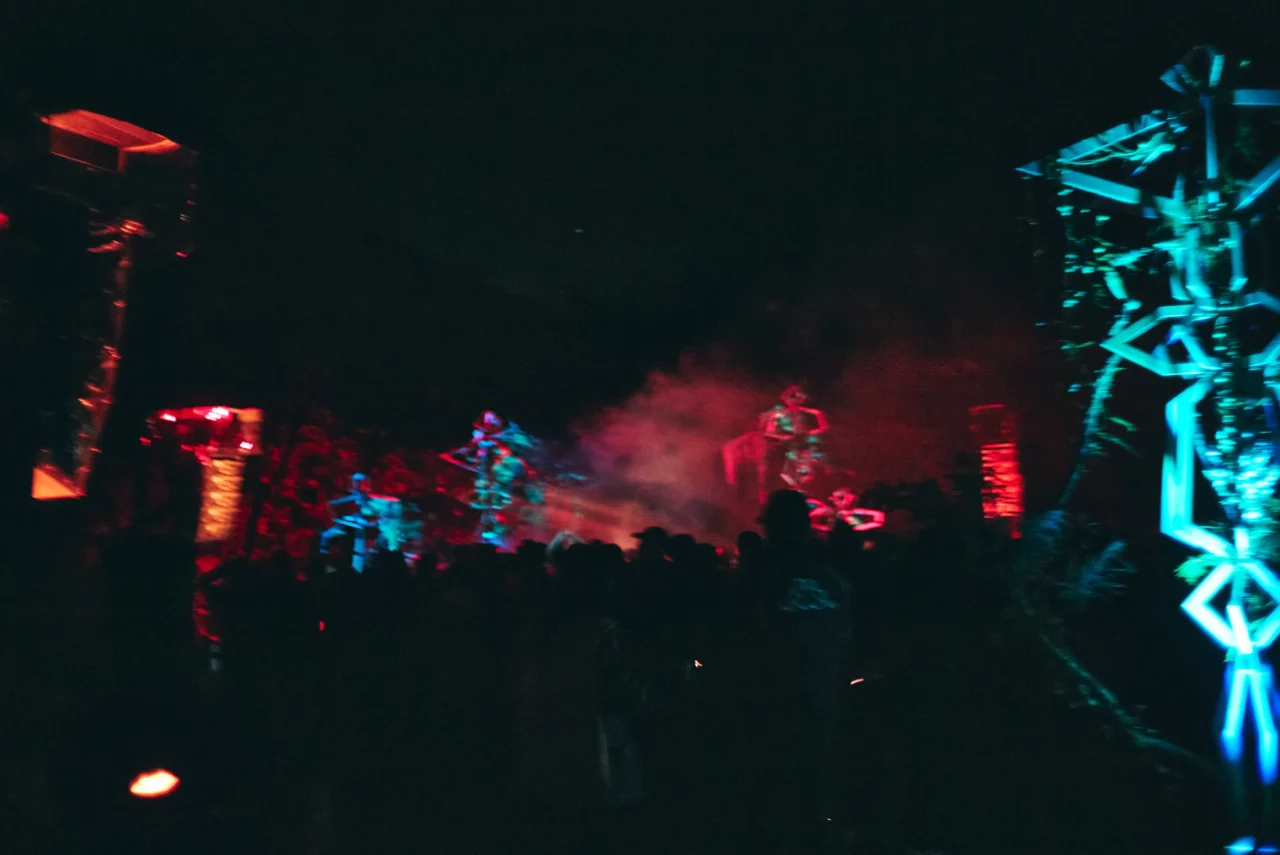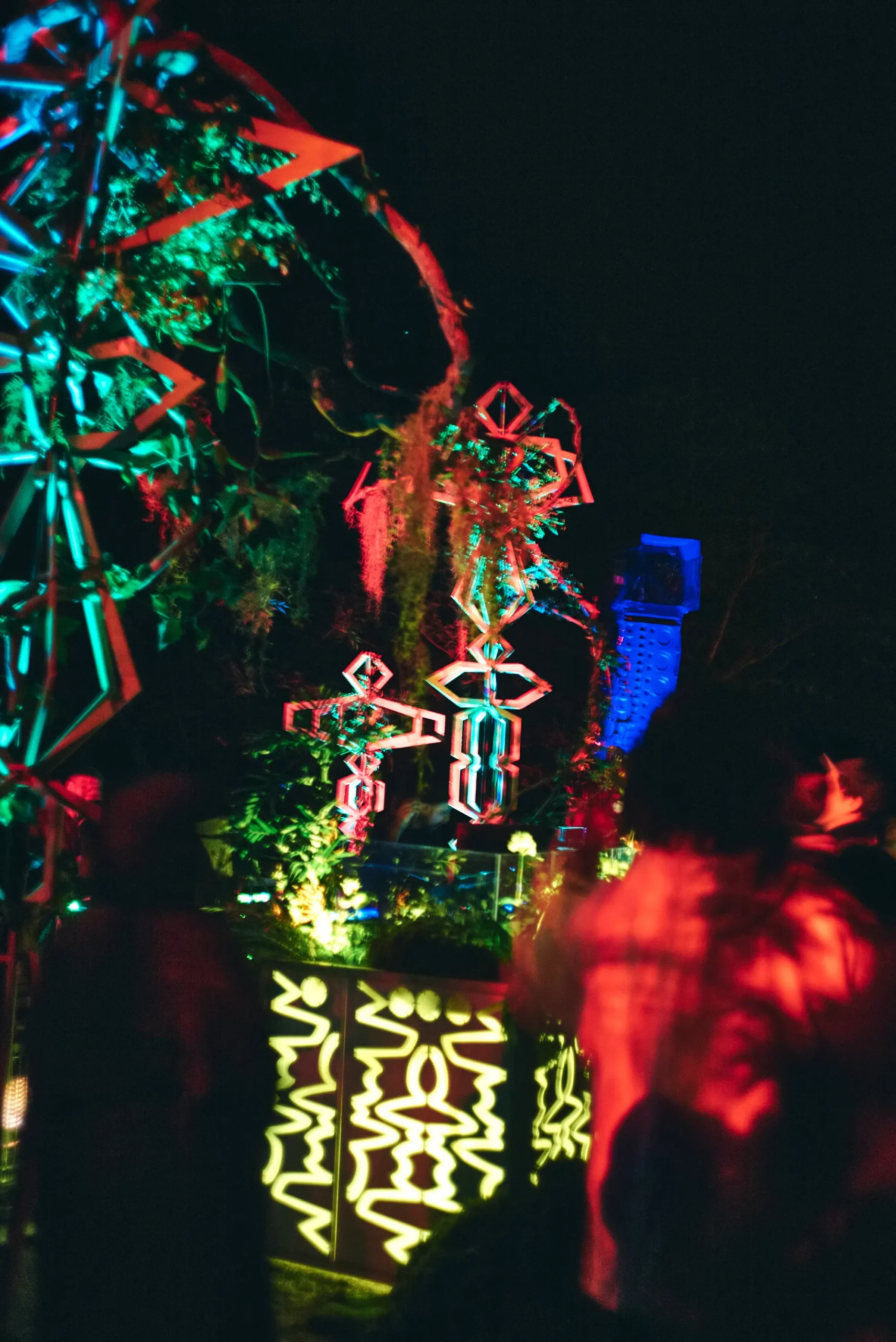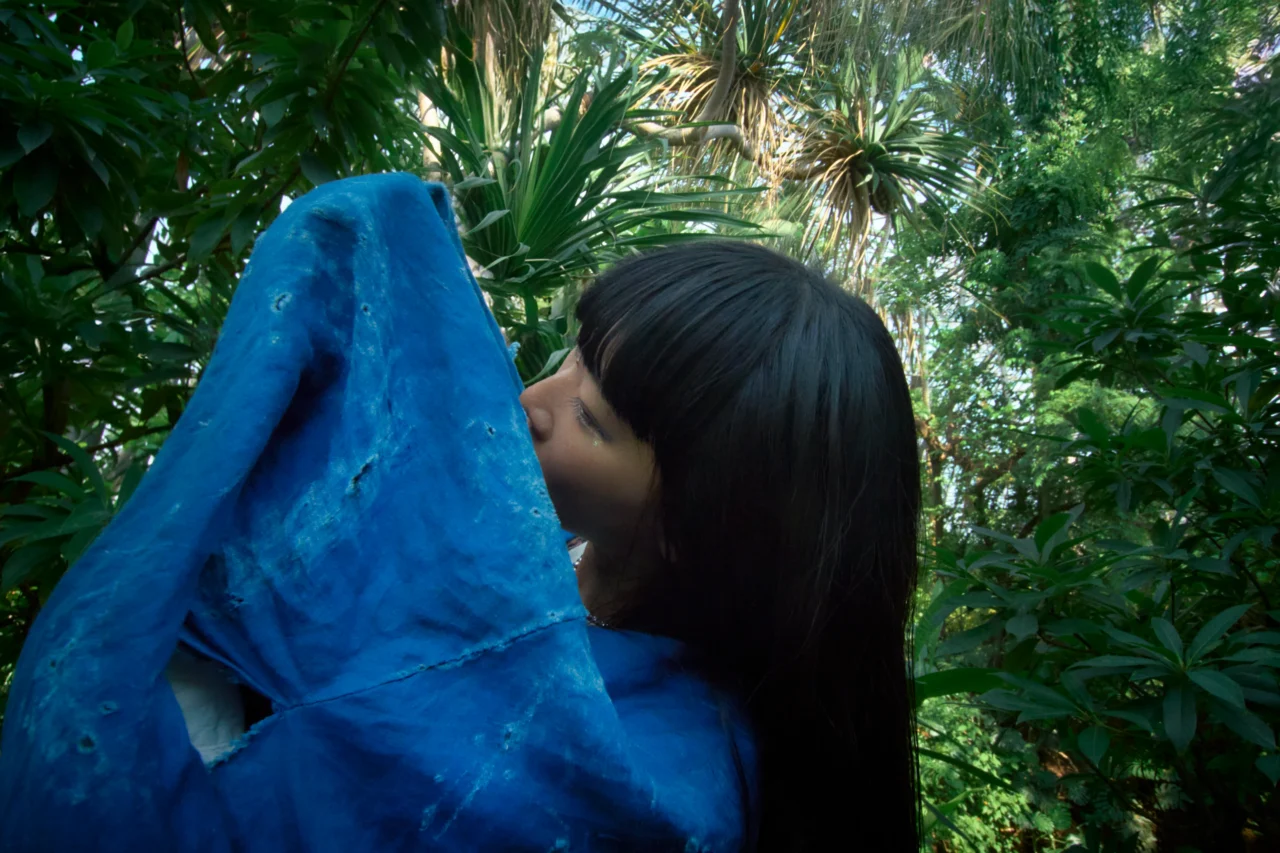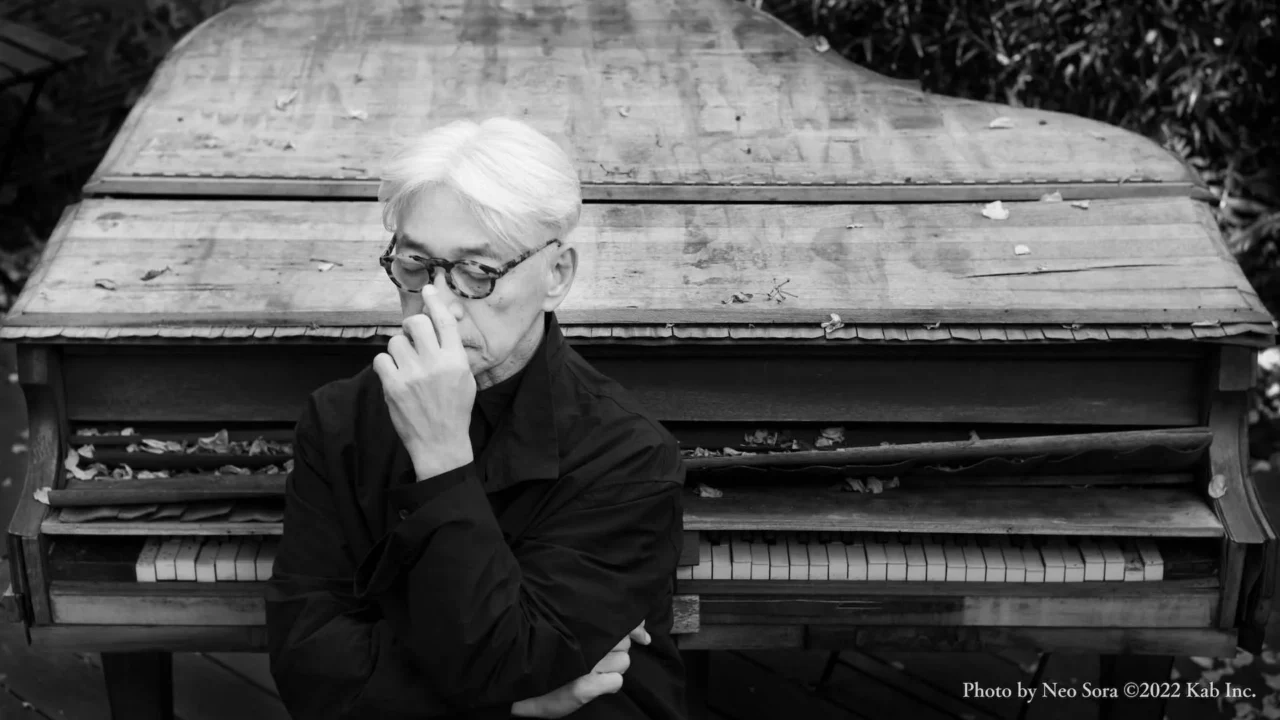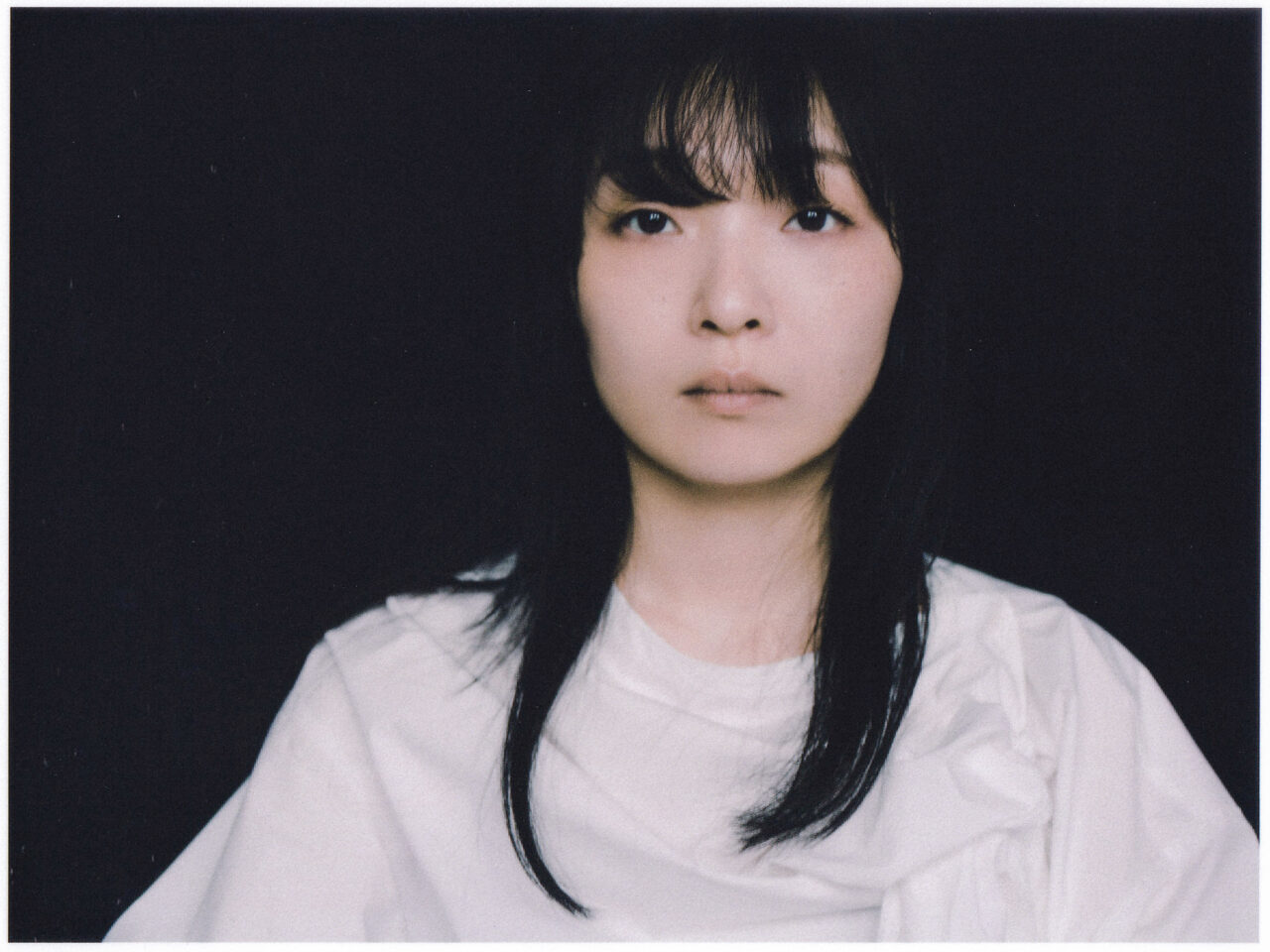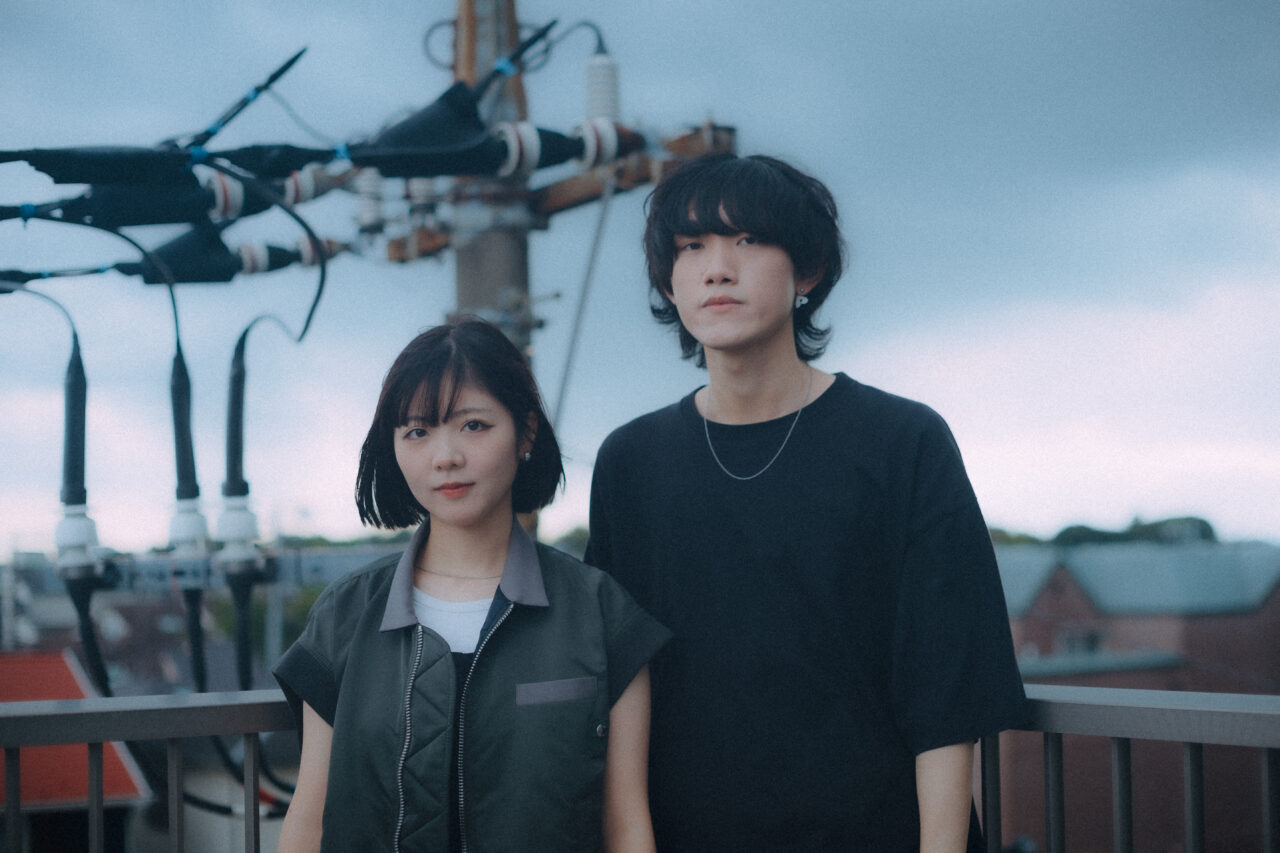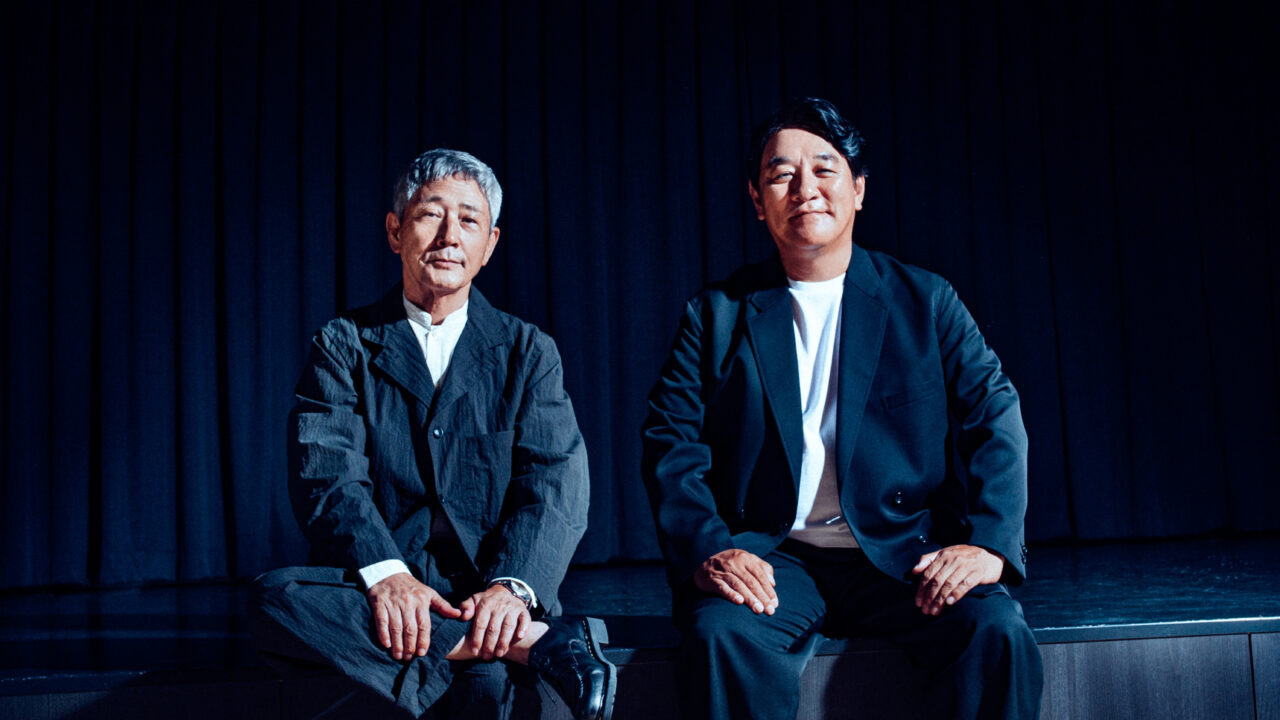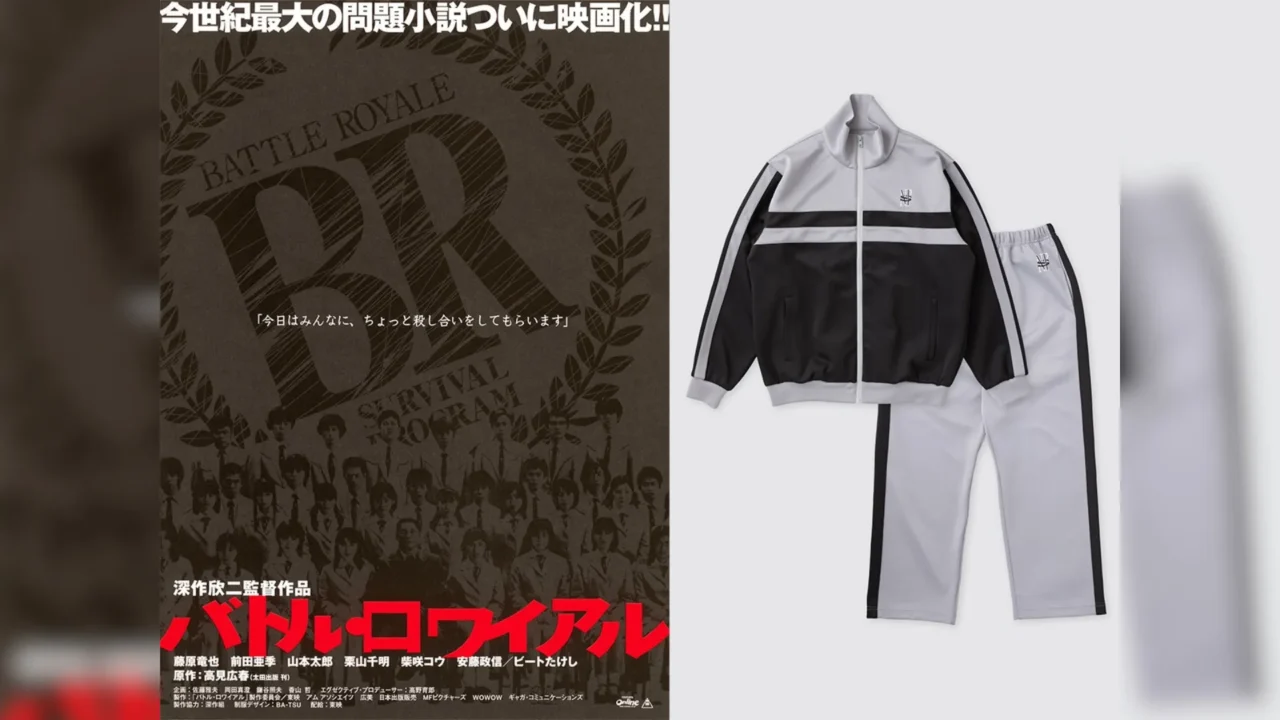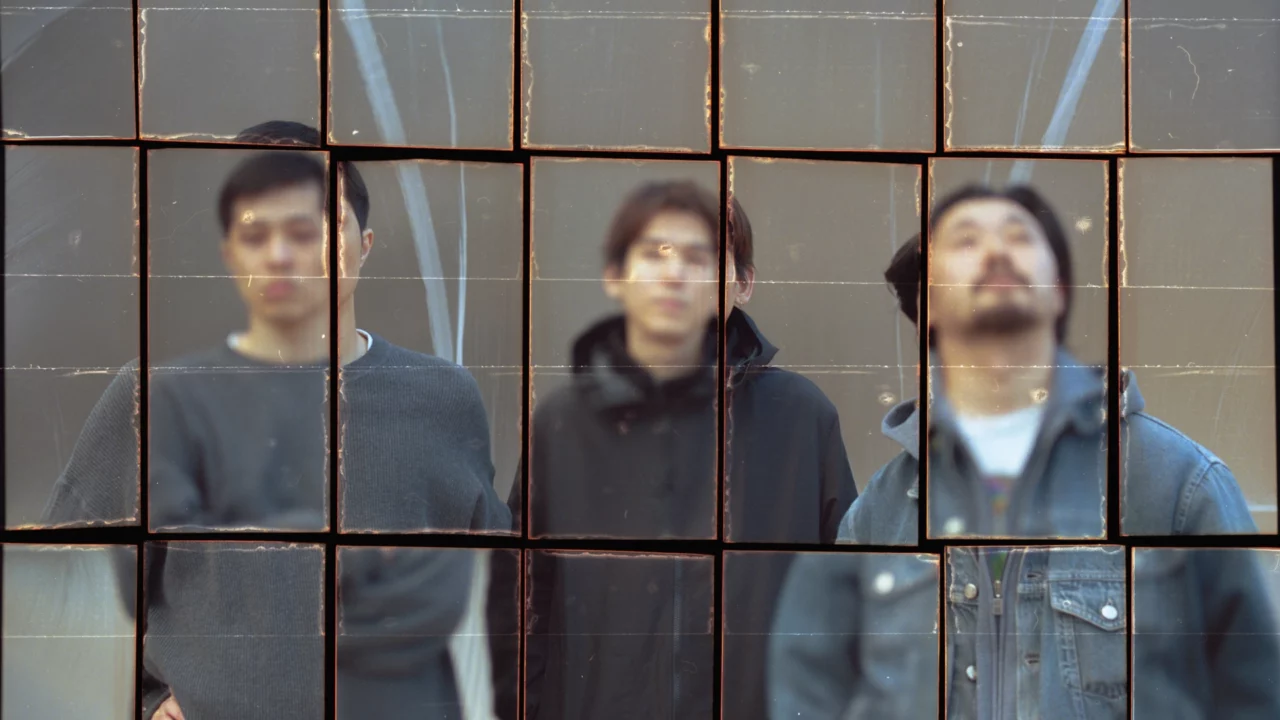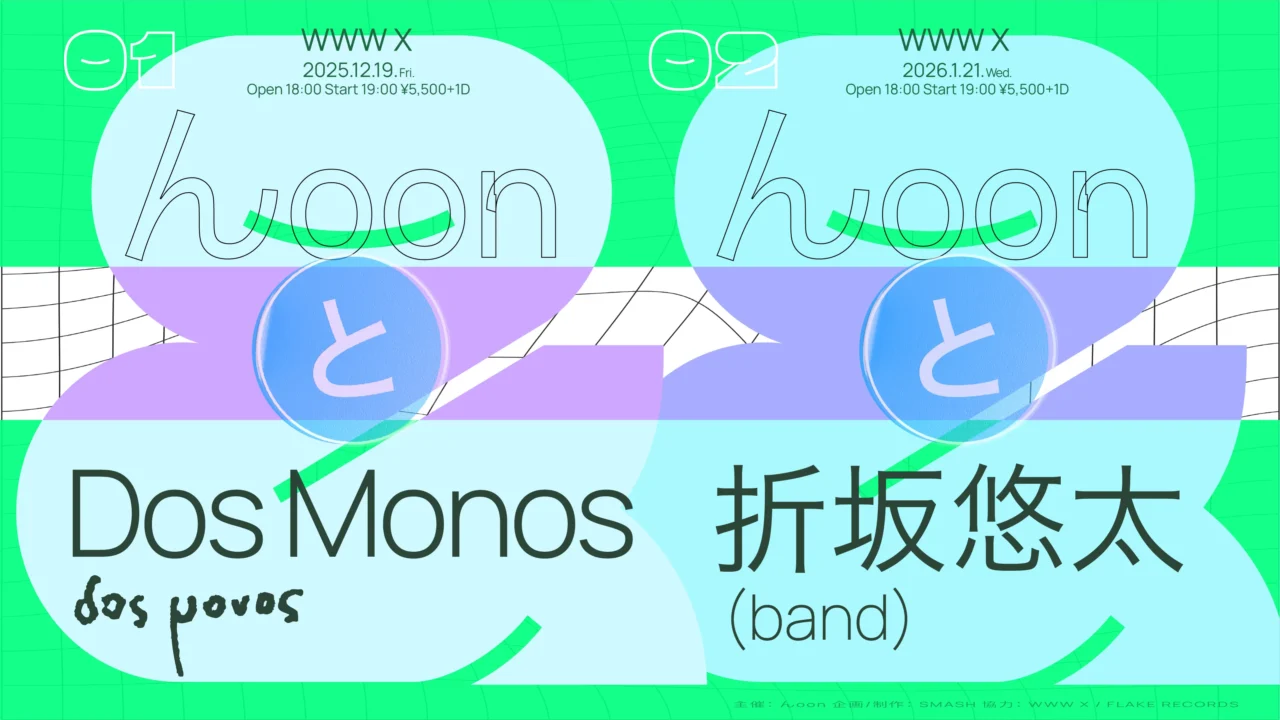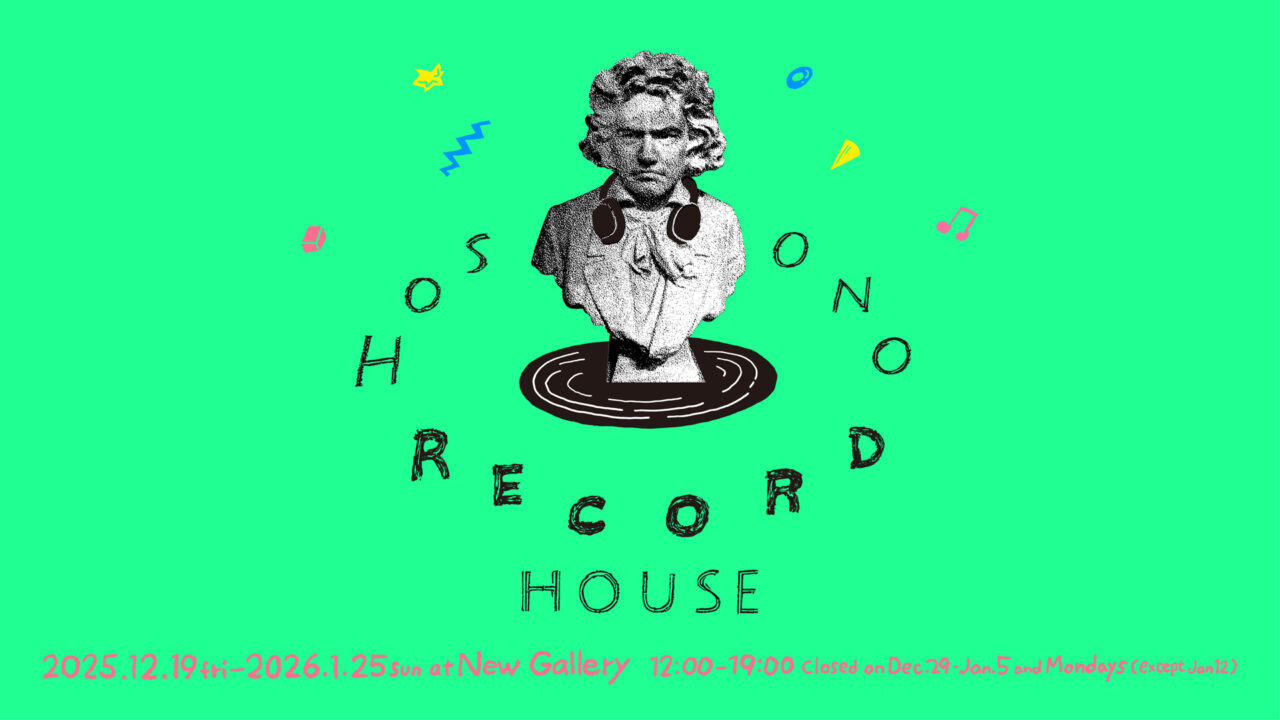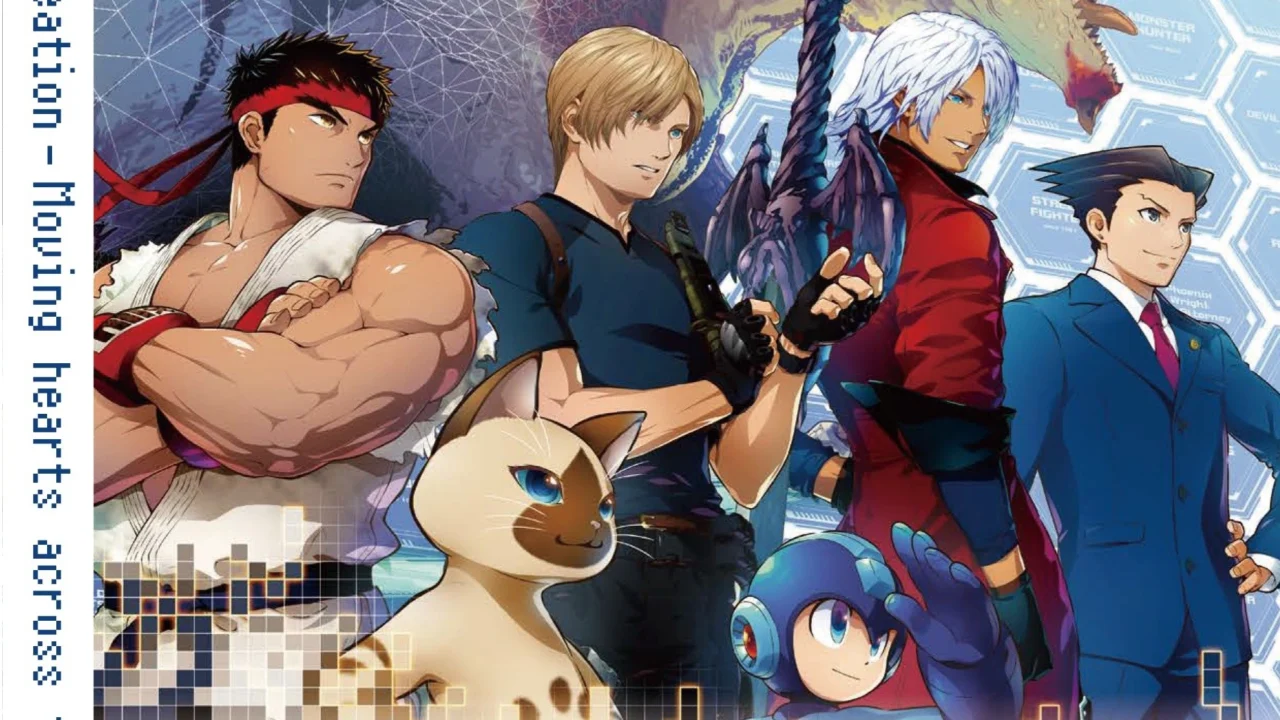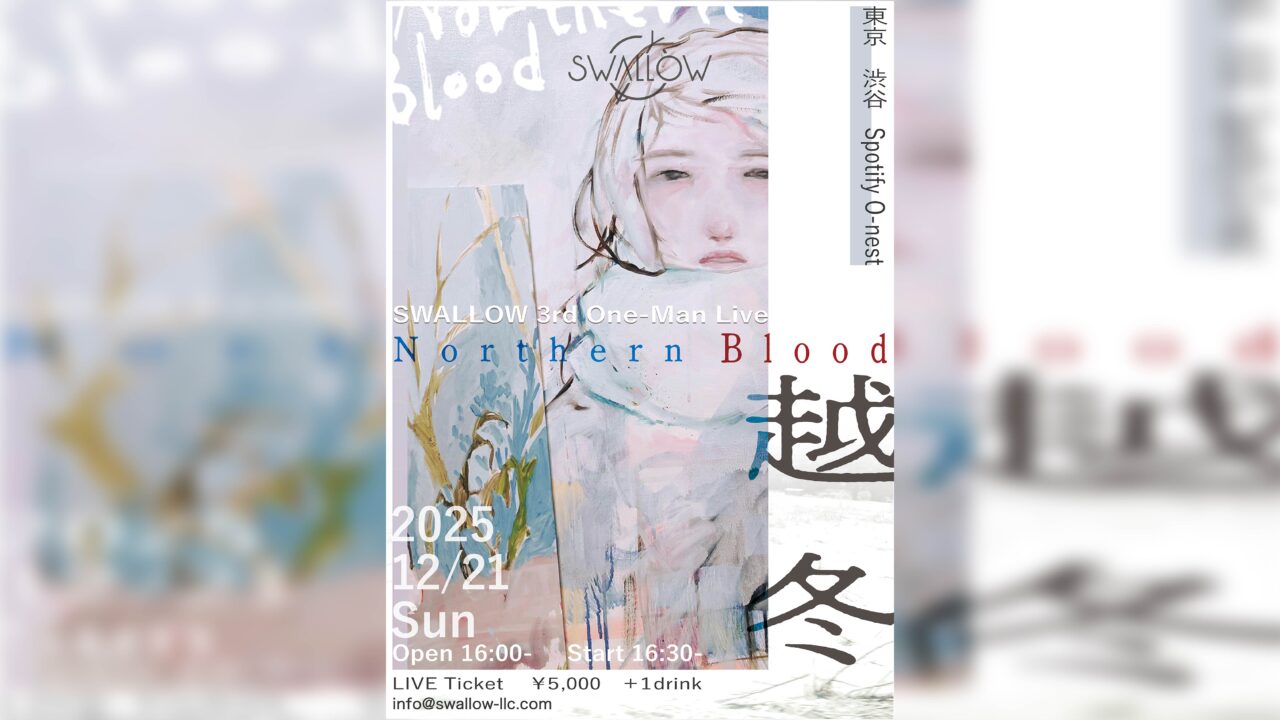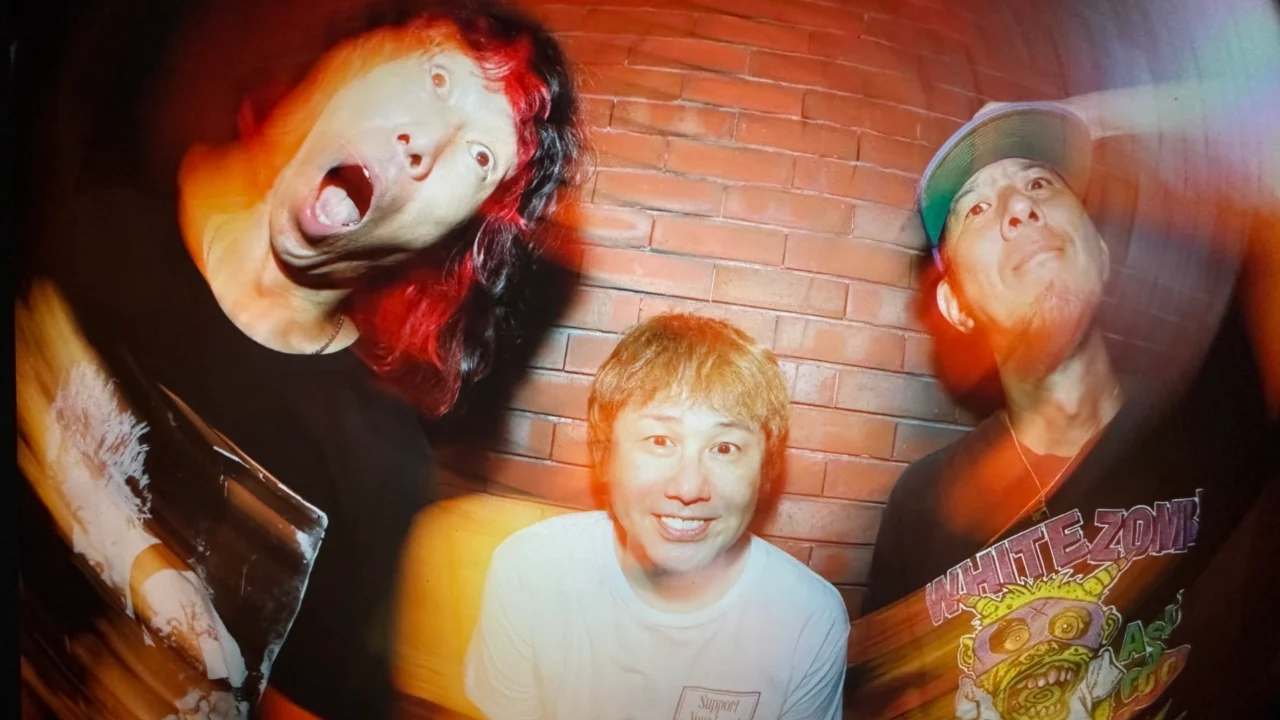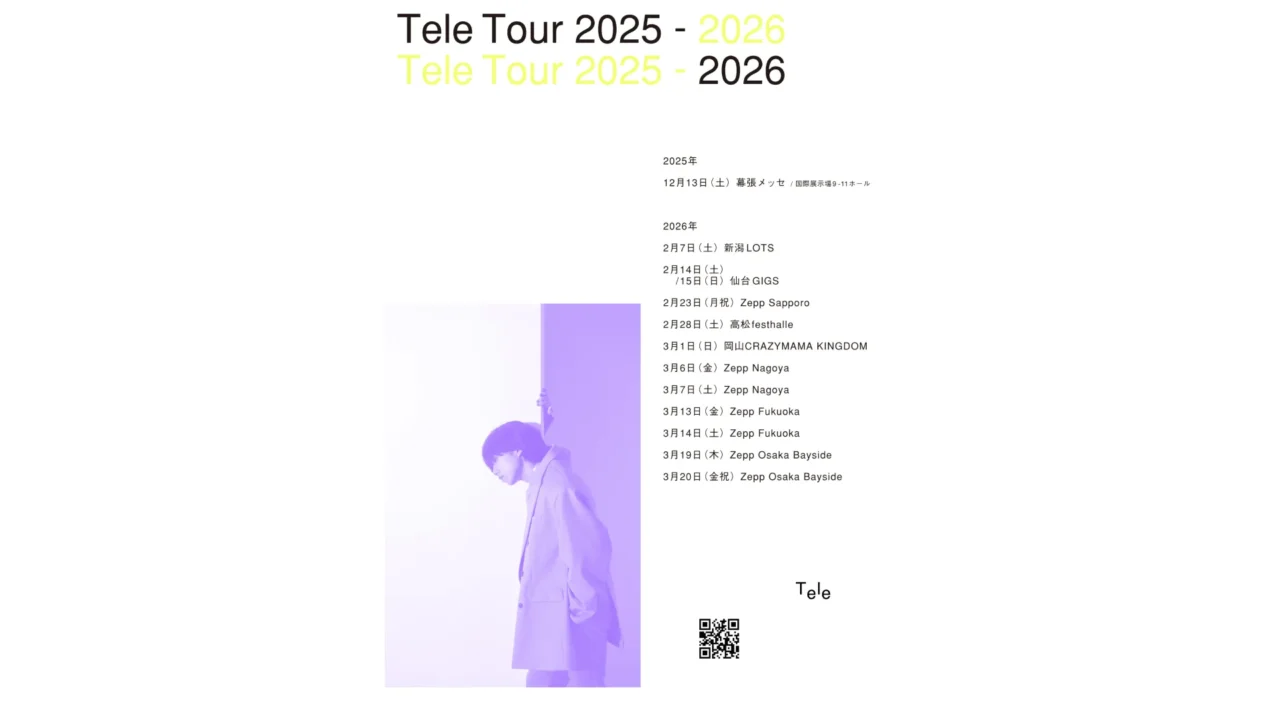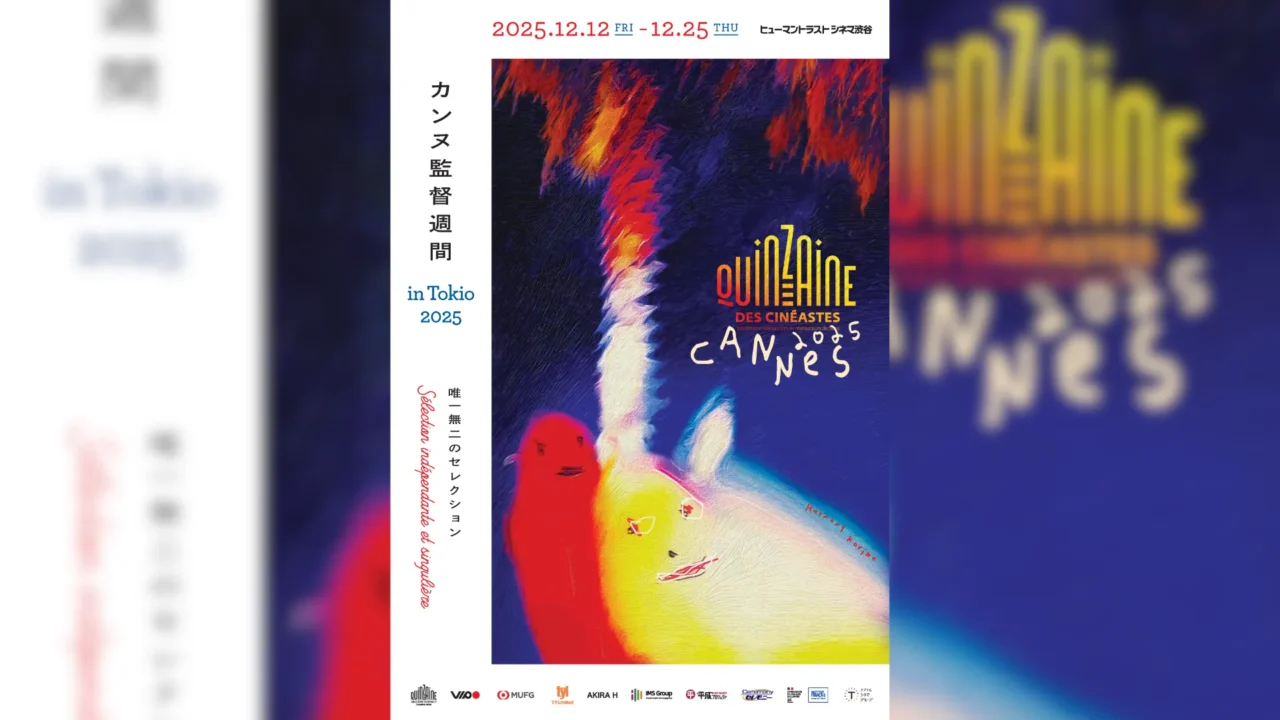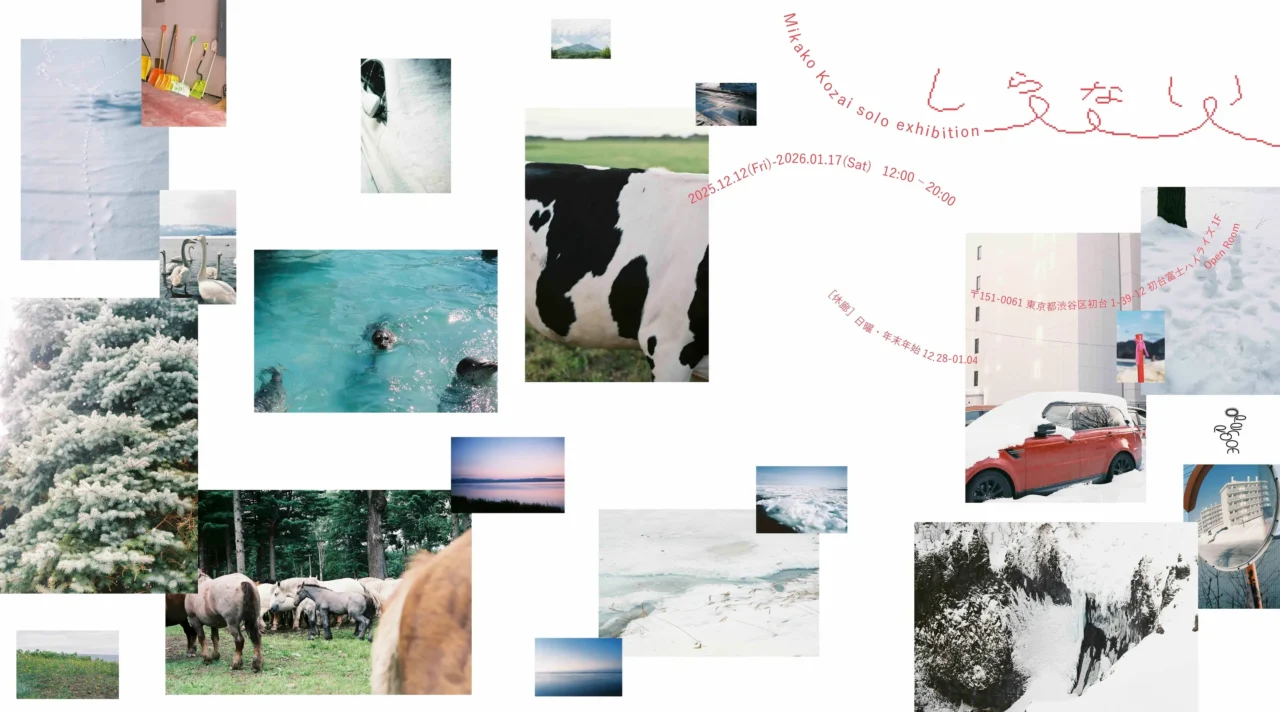Every time I step into a club or rave, I find myself craving a sense of liberation, a fleeting escape from the grind of everyday life. In search of that feeling, I bounce from party to party, only to often leave with an unsatisfied itch or, at times, a strange, lingering bitterness. Yet, every so often, I’m unexpectedly swept away by a truly remarkable event. And it’s that rare, electric magic that keeps me returning for more.
Last November, I was fortunate to stumble upon one such extraordinary gathering: Bonna Pot. Originally launched in 2019 on a rooftop in Tokyo, this event has earned widespread acclaim for its impeccable sound system, distinctive lineup, and its inclusive, boundary-pushing atmosphere. Each edition only builds more excitement, drawing in crowds from all corners.
The event returned last year to Auto Camp Ginga, a venue that had garnered exceptional feedback in the past, where over two nights, a curated selection of both local and international artists came together for a memorable experience. To delve deeper into the magic behind Bonna Pot, I spoke with the masterminds behind it, Nodoka Shimazu (Nodoka) and Koji Fujita (Fujita), to uncover the essence of this unforgettable celebration.
INDEX
Bonna Pot’s Distinctive Features: Exceptional Sound and a Square Floor Setup
Bonna Pot has quickly become a standout in the realm of outdoor music experiences, earning rave reviews for its distinctive lineup. Last year, the event brought together 16 artists and DJs, including renowned figures in deep dance music like Toshio “BING” Kajiwara, Shhhhh, and 7e, alongside exciting newcomers such as O/Y and Scott Zacharias. Centered around experimental house and techno, the event explored a vast spectrum of sounds, from disco and downtempo to trance, obscure beats, and even folk music, with genre-defying DJ sets and live performances that pushed musical boundaries.
Nodoka and Koji Fujita, both seasoned in organizing outdoor music events like festivals and raves since their teenage years, have long been pioneers in the scene. Together, they’ve hosted numerous events, with Bonna Pot standing out as an underground, genre-bending outdoor music experience. But how did they arrive at creating an event that champions such diverse and unconventional sounds? The roots of this journey stretch back to the early 2000s.
Fujita: When Nodoka and I first crossed paths in the early 2000s, I was running an event called LIVING BALL, which was essentially the precursor to Bonna Pot. We began organizing together, and in 2004, we brought an outdoor rave to Auto Camp Ginga, the same spot where Bonna Pot would eventually take place.
Before we teamed up, my events were primarily trance-oriented. But once we joined forces, our parties expanded musically, weaving in elements of techno, house, and even jazz, creating a much more eclectic atmosphere.
Nodoka: I’ve always had a broad taste in music, so when I started booking my favorite DJs and artists, it naturally gave way to something distinct. We brought in artists like Terry Tempest and Brooks from Accident Records—acts you wouldn’t usually encounter in the mainstream—and I think that made it feel pretty unconventional.
A cornerstone of Bonna Pot is the exceptional sound, expertly crafted by Koji Fujita. Fujita has earned a reputation for his work on the sound design and installation at acclaimed venues like Vent, Oath, and Blue Note Place—places renowned for their pristine acoustics. It’s no surprise that many attendees are drawn to Bonna Pot specifically for the immersive audio experience Fujita creates.
Fujita: Back when we were organizing LIVING BALL, it was the height of the guerrilla sound system trend in Yoyogi Park. We were part of that movement, bringing our own sound setup to host parties. While other crews around us were focused on cranking up the volume to the max, it quickly led to a flood of complaints from local residents and park-goers. As a result, stricter noise control regulations were enforced.
From those early days, I developed a guiding principle for my work as a PA engineer: “Don’t play aggressive sound.” I believe in creating music that has a soothing, healing effect, not something that overwhelms.
Fujita’s journey with Bonna Pot was deeply shaped by his experiences at The Loft—a legendary party that left its mark not only on the project’s sound but also its philosophical core. It was in that transformative space that he discovered the essence of “non-aggressive sound.”
Founded in the 1970s by New York DJ David Mancuso, The Loft became a sanctuary of sonic exploration. Its influence echoes through the work of legendary figures like Larry Levan and Frankie Knuckles, and continues to resonate with those seeking a deeper connection through music.
Fujita: The Loft used KLIPSCHORN speakers as its main system, and the setup was unlike anything I’d seen—the five speaker sets were arranged in a pentagon, completely encircling the dance floor. The sound was stunningly clear, yet what amazed me most was how gentle it felt. Even after hours of listening, there was no fatigue, no harshness—just pure, immersive sound.
It was a revelation. I realized that with this kind of acoustic design, music could be enjoyed fully and actively, without overwhelming anyone or intruding on the space around it.
Nodoka: I’ve been to David Mancuso’s parties more times than I can count, and every time, the first thing that catches you off guard is how quiet it seems—for a dance party, it’s almost surreal. You can’t just float in the sound—you have to lean in, really listen. But in doing so, you become more present, more attuned. That act of intentional listening sharpens your awareness, and I think it naturally leads to a more open, harmonious state of mind.
Rooted in this philosophy, Bonna Pot takes its sound design to extraordinary levels, using handcrafted speakers fitted with Taguchi’s iconic flat-panel units—meticulously built in their Shin-Kiba workshop. The entire venue is architected around sound: both the DJ booth and dance floor are encircled on all four sides by these speakers, forming a kind of acoustic sanctuary.
What’s even more remarkable is the care that goes into the setup. It took four full days—site visits included—just to determine the speaker layout. With lasers in hand, the team surveyed the uneven terrain of the campsite, adjusting each speaker’s position with millimeter precision. Every detail, down to the natural slope of the land, was tuned to perfection.
Taguchi’s speakers are no strangers to prestige—they’ve been installed at the National Theatre of Japan, Miraikan, and even the historic Nishi Hongwanji Temple in Kyoto. That same level of sonic excellence is now woven into the fabric of Bonna Pot.
The result? A sound that’s wholly organic—free from sharp edges or piercing highs—yet immersive and three-dimensional. As the music surrounds you, there’s a surreal sense of weightlessness, as if your body is gently lifting off the ground. It’s a psychedelic sensation without excess—just pure, enveloping sound. One listen is all it takes to get addicted.
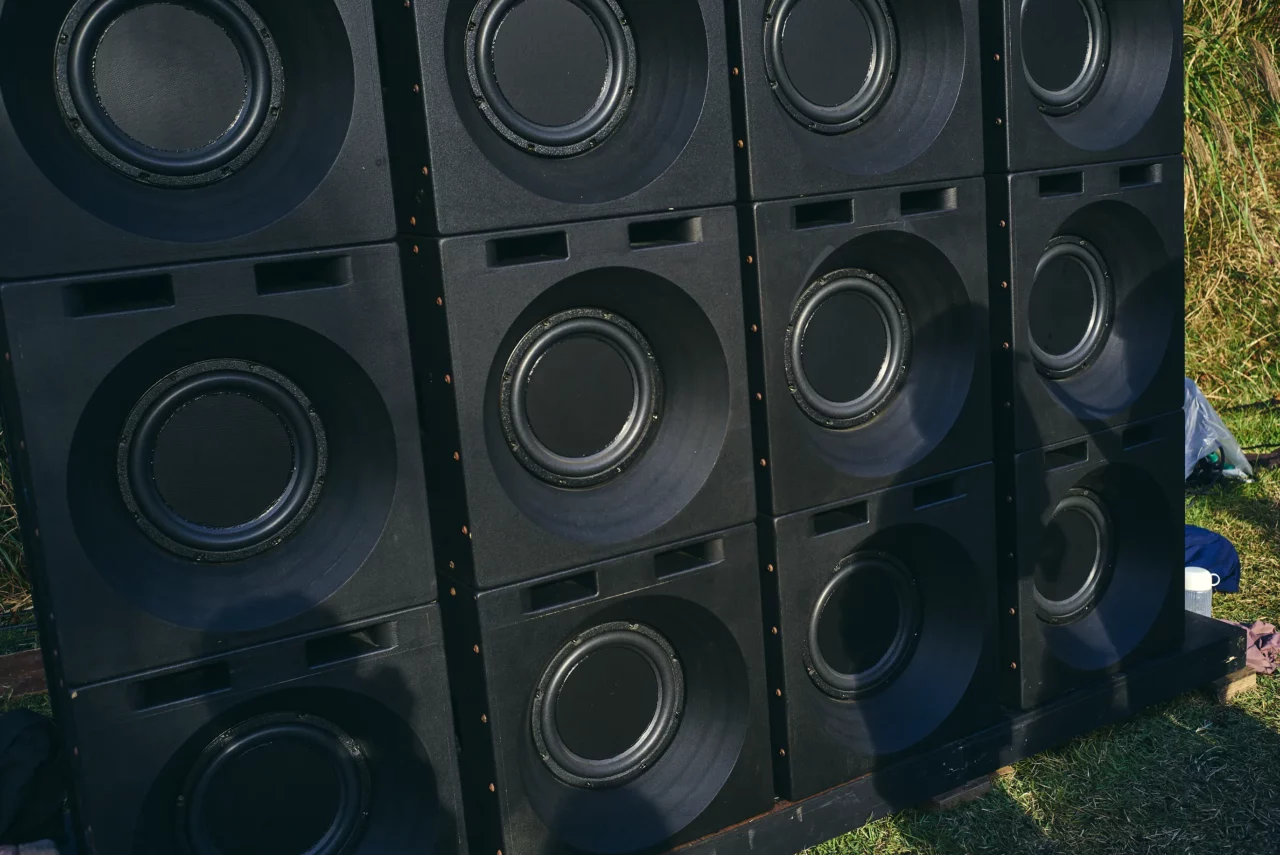
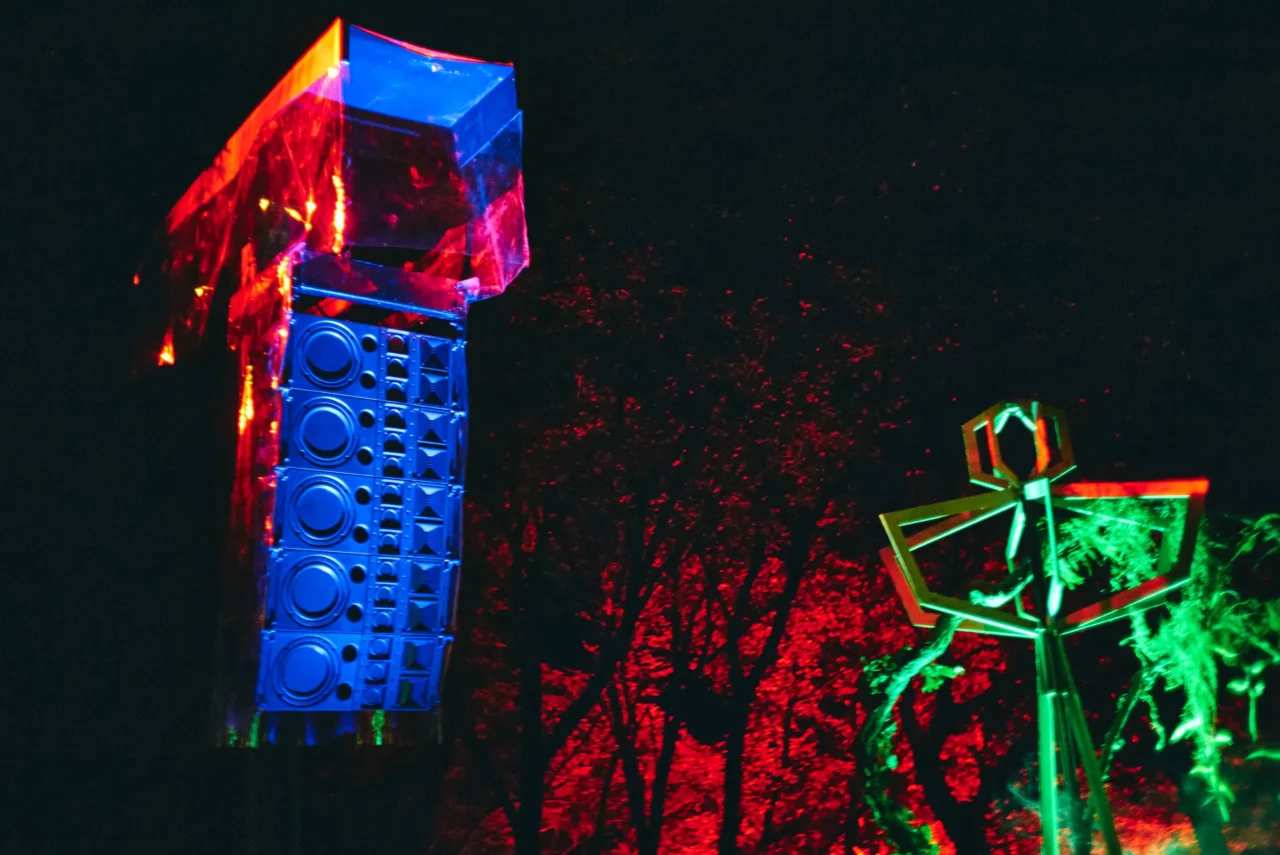
The DJ/live booth is also located inside the rectangular dance floor created by the speakers, allowing DJs and live acts to perform on the dance floor. This allows everyone in the venue to enjoy the music and express themselves in the same environment.
At most events, the booth where the performers perform is separated from the floor where the audience dances, and in many cases, there are main speakers facing the floor and monitor speakers to check the sound in the booth.
Fujita: At the first Bonna Pot, we didn’t use any monitor speakers. I wanted the DJs to hear exactly what the crowd was hearing. That way, the energy isn’t filtered—it’s mutual. When we’re all listening to the same sound through the same system, it creates a deeper sense of togetherness.
In today’s DJ culture, that split between monitor and main speakers is standard—but it creates distance, both physically and emotionally. The DJ is in one world, the audience in another. Bonna Pot was designed to dissolve that boundary. By placing the DJ inside the dance floor, the music becomes a shared current—one that moves through everyone equally. In that space, the line between performer and listener begins to blur, allowing for a deeper, more connected kind of expression.
The beauty of the design revealed itself in the faces of everyone present. Performers and dancers alike wore expressions of pure euphoria, their bodies swaying, eyes half-closed, entirely absorbed in the sound. It was as if the music had dissolved the boundaries between them, pulling the entire venue into a single, resonant pulse. The sound didn’t just fill the space—it held it, creating a shared atmosphere where everyone moved as one.
